1. Bean Soup
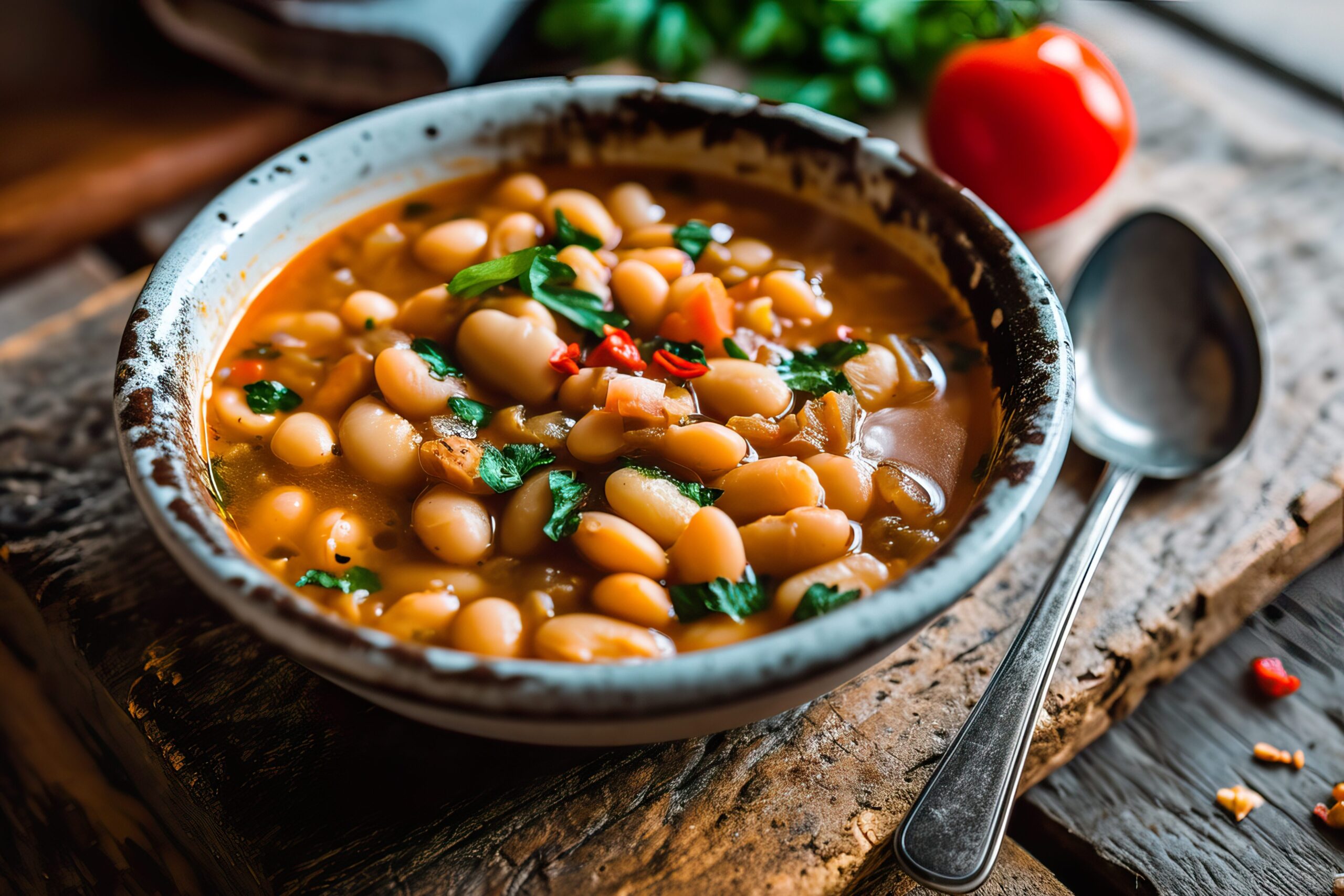
During the Great Depression, bean soup was a staple in many households because it was affordable, filling, and nutritious. Families would cook up large batches that could last for days, making it a true comfort food that didn’t break the bank. Fast forward to today, and beans are making a major comeback in the health food scene, with everyone from vegans to fitness enthusiasts swearing by their protein-packed punch. Bean soup, with its rich history and plant-based appeal, is now a trendy dish, often jazzed up with various spices, veggies, and even smoked meats.
While modern takes might include gourmet broths or fresh herbs, the humble bean soup’s core remains the same: simple, hearty, and comforting. Many enjoy it as a quick meal that can be made in advance, just like during the Depression. It’s a perfect example of how something born out of necessity has now become a trendy, nutritious dish that’s perfect for any time of day. The frugality of this meal echoes through its modern-day revival, proving that sometimes, the simplest meals are the ones that stand the test of time.
2. Macaroni and Cheese
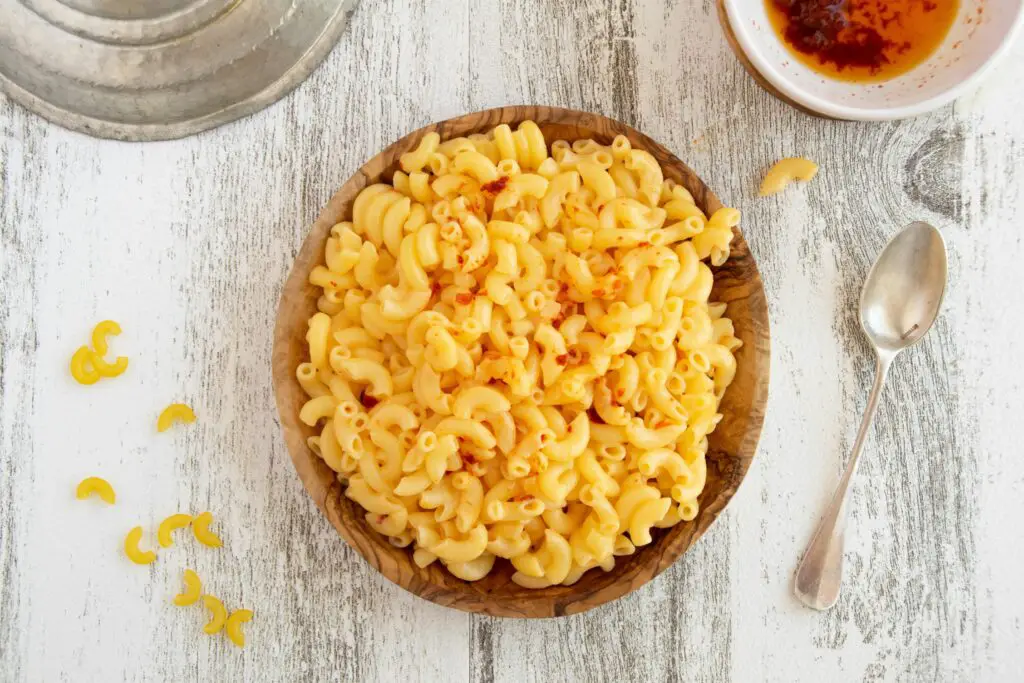
Mac and cheese was another Depression-era favorite, thanks to its low cost and the filling combination of pasta and cheese. The dish became a go-to for feeding a large family on a tight budget, and it was easy to stretch with a bit of milk and butter. Today, mac and cheese has been elevated to gourmet status, with artisanal cheeses, truffle oil, and even lobster added to the mix. It’s a far cry from the processed cheese powder many grew up with, but the essence of comfort remains unchanged.
This throwback meal is now a trend among foodies and home cooks alike, with variations popping up at trendy restaurants and food trucks. You can find it served as a side dish or even as a main course, with endless possibilities for customization. From creamy to crunchy, mac and cheese continues to be a nostalgic dish with an exciting modern twist, proving that some old favorites can always find a new life in the culinary world.
3. Potato Soup

Potatoes have always been a symbol of sustenance, especially during the Great Depression, when they were cheap and could be turned into a variety of meals. Potato soup was a go-to dish for families looking to stretch their food budget. Today, the creamy, comforting bowl of potato soup has made a major comeback, often with fresh ingredients and new techniques that give it a gourmet flair. Think roasted garlic, herbs, and a dash of cream, making it a cozy meal that’s perfect for any season.
Its appeal now lies in its versatility and ease of preparation, with the added benefit of being filling without the need for expensive ingredients. Some modern takes even include smoked bacon, scallions, or a sprinkle of cheese for added flavor. Whether served with a crispy side of bread or topped with fresh parsley, potato soup has transitioned from an economical comfort food to a trendy dish, all while maintaining its heartwarming essence.
4. Grilled Cheese Sandwiches

The grilled cheese sandwich, born out of the need for affordable comfort during hard times, is back with a vengeance. During the Great Depression, a slice of bread with cheese was a simple yet satisfying meal for families who didn’t have much else. Today, this beloved dish has become a trendy, nostalgic snack with creative twists. Chefs and home cooks alike are now experimenting with various types of cheeses, from sharp cheddar to brie, and adding everything from tomatoes to bacon.
The grilled cheese sandwich is now enjoyed in all sorts of fancy iterations, often paired with artisanal bread and served alongside gourmet soups. It’s the perfect blend of comfort and creativity, with enough room for customization to keep everyone coming back for more. Whether it’s a simple classic or an elevated version with truffle oil and herbs, the grilled cheese has truly evolved into a meal that both comforts and delights.
5. Cabbage and Corned Beef
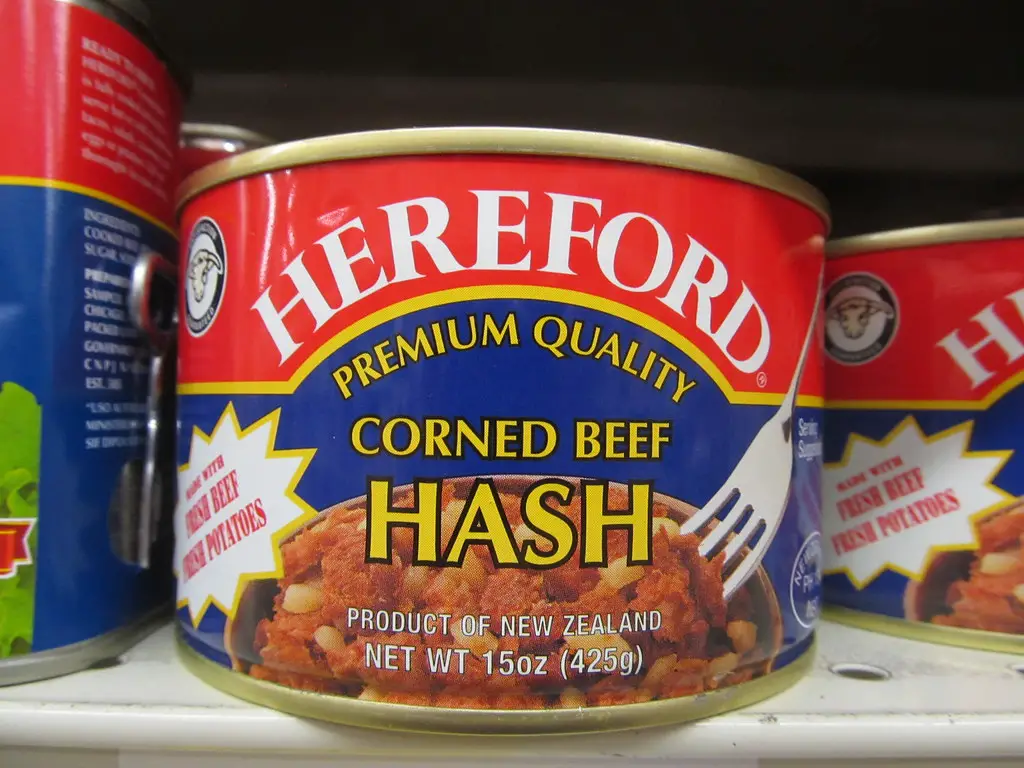
Corned beef and cabbage were once seen as cheap, filling meals that could easily feed a family during tough economic times. While the dish was already popular for St. Patrick’s Day, it became a Depression-era staple due to its affordability and ability to stretch ingredients. Today, corned beef and cabbage have found a resurgence in trendy food circles, especially in Irish pubs and restaurants. The dish is being reinvented with modern flair, using high-quality cuts of meat and fresh, organic vegetables.
Its popularity also lies in the fact that it’s a simple, comforting dish that can be prepared in a slow cooker or roasted for hours to develop deep, rich flavors. People are also playing with the ingredients, using different spices or adding new sides to create a more balanced meal. Whether served in a classic style or as a reimagined dish, corned beef and cabbage are a nostalgic favorite that has come back into the culinary spotlight.
6. Fritters
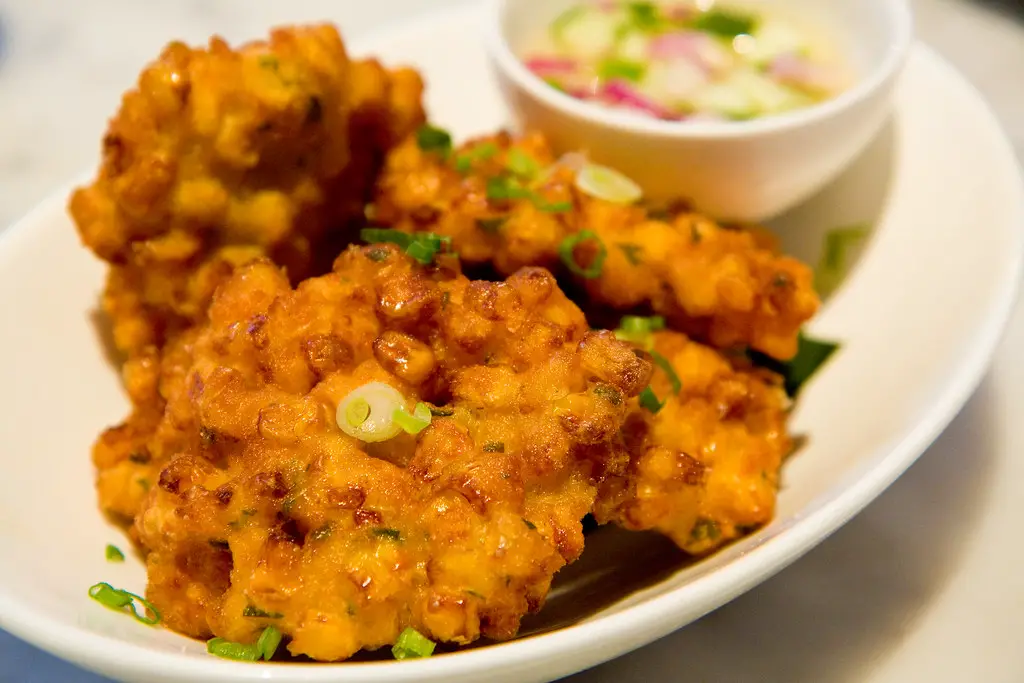
Fritters were a common food during the Great Depression, especially because they could be made from a variety of leftovers and were easy to prepare. Typically, fritters were made from whatever vegetables or fruits were available, fried up in a hot pan, and enjoyed as a quick and filling meal. Today, fritters have made a trendy comeback, with everything from zucchini to sweet corn being used in creative new versions. These crispy, golden-brown bites are now popping up at brunch spots and food festivals across the country.
The versatility of fritters is key to their revival. You can find both savory and sweet variations, often paired with dipping sauces or served as appetizers at upscale restaurants. Whether you’re using seasonal produce or getting creative with new flavors, fritters have returned as a fun, flavorful, and slightly indulgent treat—proof that the best meals are often the simplest.
7. Jell-O Salad
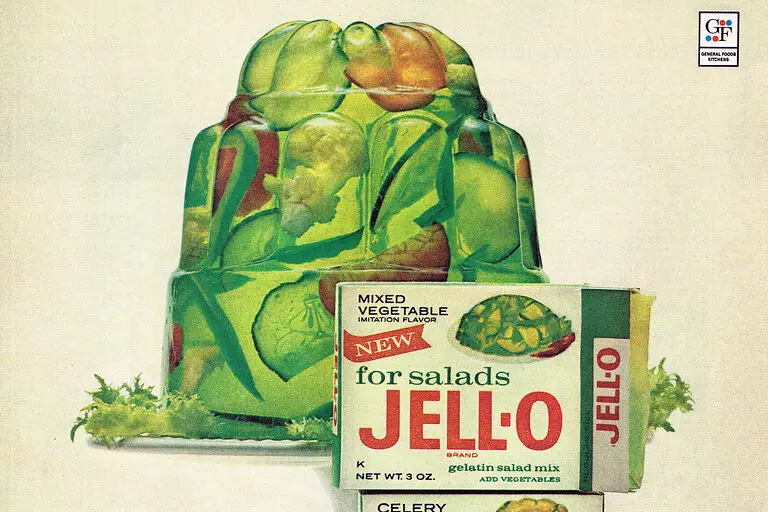
During the Great Depression, gelatin salads were a popular way to stretch meager ingredients and make something visually appealing. Jell-O was an affordable treat that could be transformed into a fun, colorful dish by adding fruits or vegetables. Fast forward to today, and while the “salads” may have become a bit more refined, gelatin-based dishes are experiencing a nostalgic revival. Today’s versions often feature more sophisticated ingredients like fresh berries or citrus and are presented in elegant molds for a touch of class.
These salads are popular at potlucks and retro-themed parties, where they bring a sense of whimsy and nostalgia to the table. While Jell-O salads may not have the same widespread popularity as they once did, their revival taps into a love for quirky, retro foods that make a statement. Whether served as a sweet treat or a refreshing side dish, Jell-O salads have evolved but still carry that unmistakable touch of Depression-era charm.
8. Rice Pudding
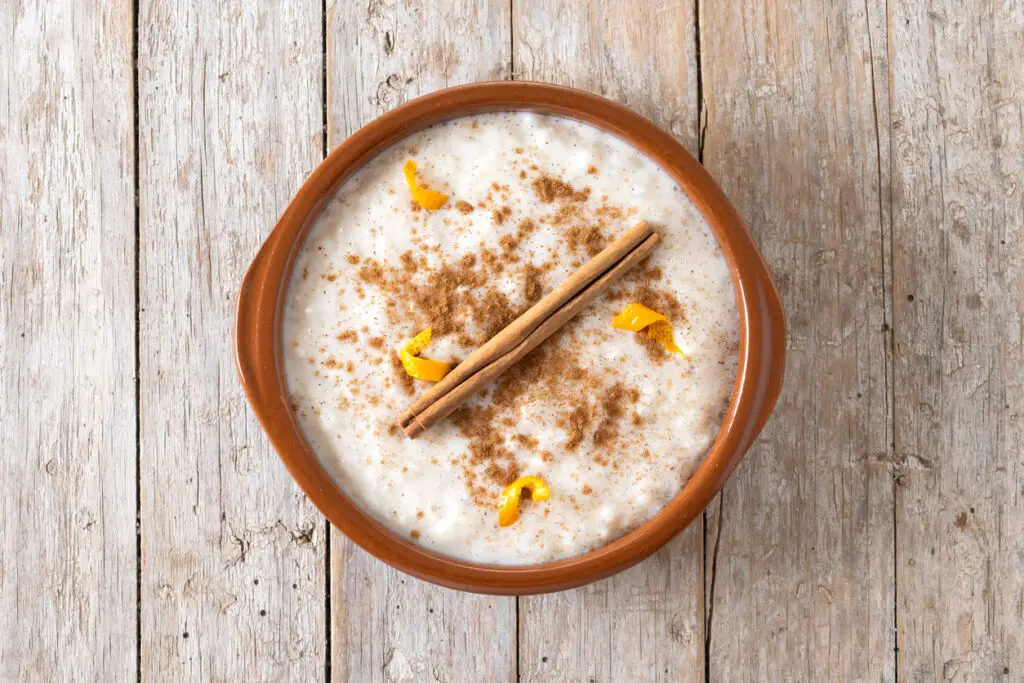
Rice pudding was a go-to meal for families during the Great Depression because rice was affordable, and the dish could be made to serve several people. It’s a simple, comforting dessert made with just a few ingredients—rice, milk, sugar, and spices like cinnamon and nutmeg. Today, rice pudding is making a resurgence, with artisanal versions featuring coconut milk, almond milk, and exotic spices like cardamom. It’s often served as a luxurious treat at high-end restaurants or as a beloved homemade dessert.
The beauty of rice pudding is in its simplicity. It’s comforting, nostalgic, and filling without being overly complicated, which makes it the perfect dessert for any occasion. Whether you’re enjoying it warm on a cold night or chilled on a summer day, rice pudding has reemerged as a trendy dessert that continues to satisfy both the stomach and the soul.
9. Tomato Soup with Bread

Tomato soup became a Depression favorite because canned tomatoes were cheap and easy to stretch into a full meal. Families would often pair it with a slice of bread to make the meal a little more filling. Today, tomato soup has been reimagined as a cozy classic, often paired with that gourmet grilled cheese everyone raves about. You’ll now find it topped with fresh basil, drizzled with olive oil, or made from scratch with roasted heirloom tomatoes.
Its return in popularity lies in its simplicity and nostalgic feel. It’s comforting on a rainy day, yet versatile enough to be dressed up for a dinner party. Some even use it as a base for more complex soups or as a dipping sauce. Tomato soup has gone from a bare-bones survival food to a chic comfort dish that warms both the heart and the stomach.
10. Oatmeal
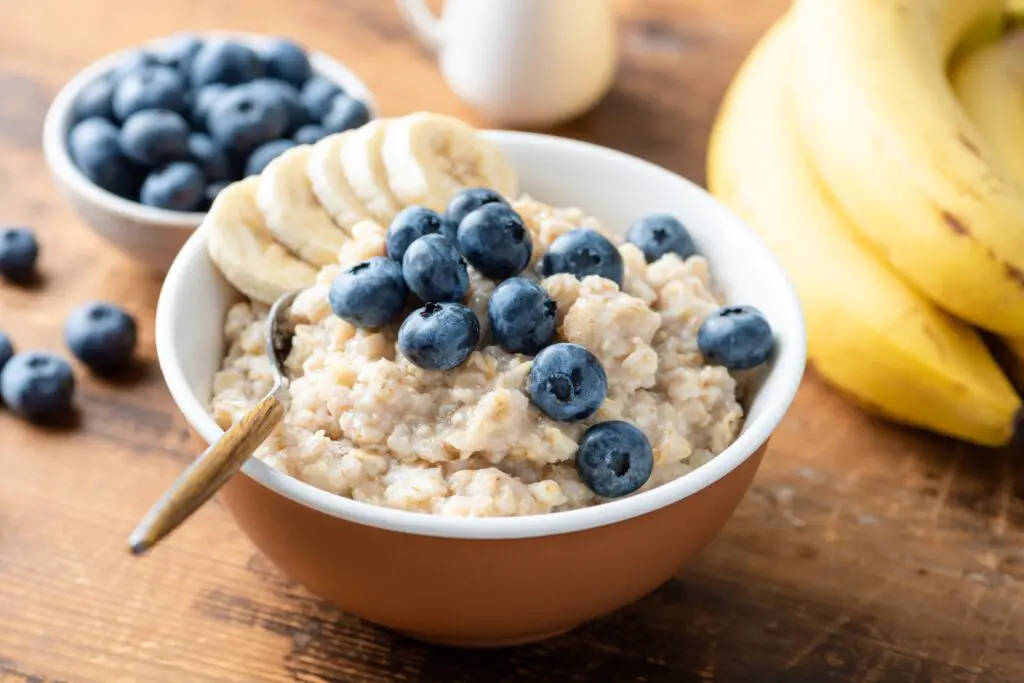
Oatmeal was a go-to Depression breakfast, cheap, filling, and capable of feeding a family with just a few scoops. It wasn’t dressed up back then, usually just sweetened with a little sugar or flavored with whatever fruit was on hand. Fast forward to today, and oatmeal has turned into a bona fide health trend, showing up in overnight oats jars on Instagram feeds everywhere. People now add nut butters, chia seeds, protein powders, and fancy toppings like pomegranate seeds.
The transformation shows how flexible this dish really is. Whether you like it hot in a bowl with brown sugar or cold with almond milk in the fridge, oatmeal has become a fashionable staple again. It’s celebrated for its nutrition, but at its core, it’s the same simple food that kept families fed during leaner times. It proves that sometimes, the basics never go out of style.
11. Meatloaf
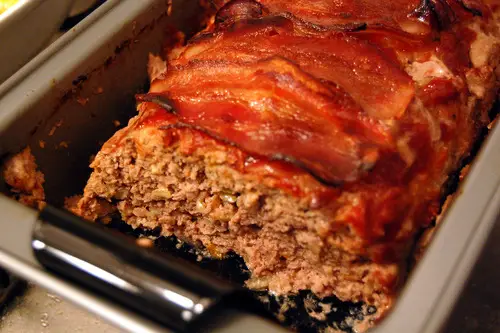
During the Depression, meatloaf was the ultimate “stretch” meal, mixing a small amount of meat with fillers like oats, breadcrumbs, or even rice. It allowed families to make one pound of beef feed a whole table, and it became a beloved family staple. Now, meatloaf has circled back around with chefs experimenting with everything from turkey and lamb to vegan versions made with lentils. It’s often dressed up with gourmet sauces or topped with bacon for an indulgent twist.
This once-humble meal has gained a bit of culinary respect, showing up at both diners and upscale restaurants. Modern cooks love how customizable it is, making it fit diets from keto to plant-based. The nostalgia factor also makes it appealing, as it often reminds people of family dinners growing up. What was once a meal of necessity is now a creative comfort food centerpiece.
12. Dandelion Greens
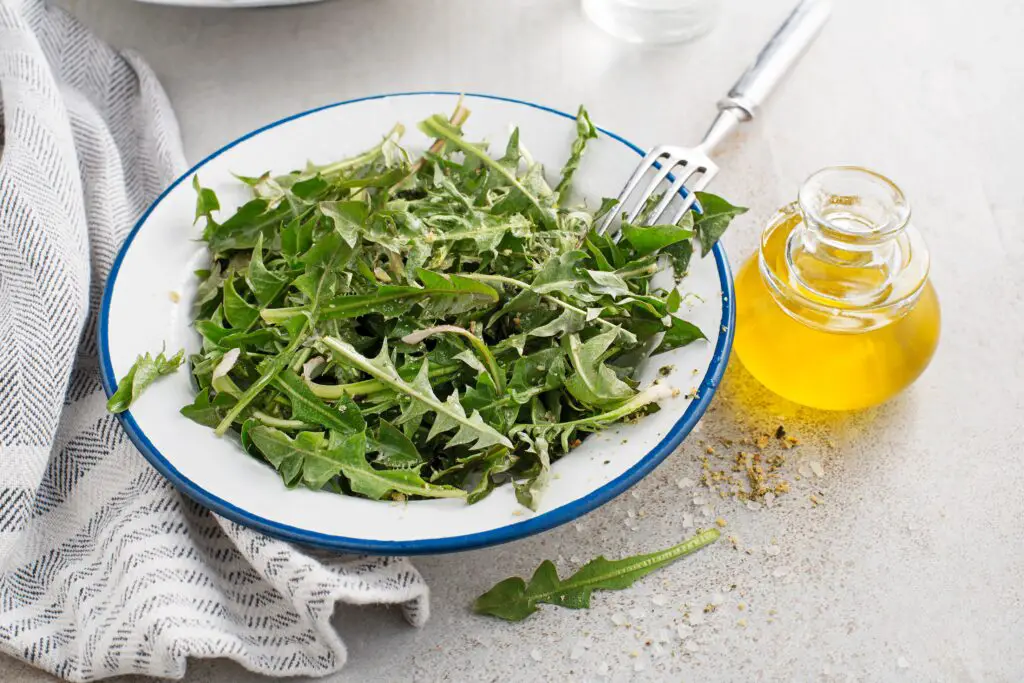
Back in the Depression, people foraged for dandelion greens because they were free, packed with nutrients, and easy to find. Many families boiled them, sautéed them, or threw them into soups as a way to get some much-needed vitamins. Today, foraging has become trendy again, and dandelion greens have made their way into farmers’ markets and high-end restaurants. They’re often tossed into salads, blended into smoothies, or sautéed with garlic and olive oil.
What was once considered a “desperation food” is now marketed as a superfood. People love their earthy, slightly bitter taste, and nutritionists praise their health benefits. It’s funny to think of kids in the ’30s grumbling about dandelions on their plates, while today’s foodies seek them out with enthusiasm. The comeback of dandelion greens shows how perspective changes over time.
13. Cornbread

Cornbread was a Depression standby because cornmeal was inexpensive, easy to store, and could be turned into hearty bread with just a few ingredients. It paired perfectly with soups and stews, stretching a small meal further. These days, cornbread is a trendy comfort side, especially in the South, where restaurants take pride in their recipes. You’ll see it baked in cast iron skillets, drizzled with honey, or even spiced with jalapeños.
Its revival has been tied to the comfort food movement, where rustic, simple dishes are celebrated. Cornbread is also loved for its versatility, working just as well with barbecue as it does with chili. It’s no longer just about filling bellies but about flavor and tradition. The modern twists are delicious, but its Depression-era roots still shine through every crumb.
14. Shepherd’s Pie

Shepherd’s pie became popular during hard times because it stretched inexpensive ground meat with mashed potatoes and vegetables. It was filling, cheap, and could be assembled with leftovers, making it a smart meal during the Depression. Today, shepherd’s pie is back on menus, often reimagined with high-quality meats, plant-based alternatives, and creative spices. The comforting layers still feel like a hug on a plate, whether you’re eating it at home or at a pub.
Its modern appeal is its flexibility. Vegan shepherd’s pies swap meat for lentils, while others add cheese, herbs, or gourmet vegetables. The layering makes it an Instagram-worthy dish, but at its core, it’s the same frugal recipe that sustained families nearly a century ago. Shepherd’s pie has transformed from humble survival food into a hearty comfort classic.
15. Cabbage Soup
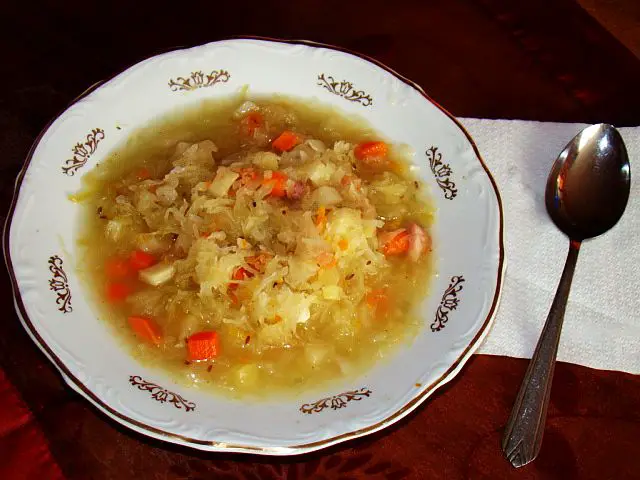
Cabbage soup was another Depression-era favorite, as cabbage was cheap, widely available, and stretched well into big pots of soup. Families relied on it to fill bellies with minimal expense, often with little more than onions, carrots, and broth. Today, cabbage soup is a surprise hit with the health-conscious crowd, especially thanks to its popularity in diet trends. People now make it as a detox meal or a low-calorie comfort dish.
Despite its trendy new label, it still delivers the same satisfying simplicity. It’s nourishing, easy to make, and can be flavored with a wide variety of spices. Some even add beans or sausage to turn it into a more complete meal. From Depression-era kitchens to modern wellness blogs, cabbage soup has proven it has staying power.
16. Rice and Beans

Rice and beans was the perfect Depression meal, inexpensive, filling, and full of energy for hard-working families. It was often seasoned with whatever spices were on hand, making it a dish that could adapt to any pantry. Today, rice and beans is celebrated worldwide, not just for being affordable, but also for being nutritious and protein-packed. It’s especially popular in plant-based diets where it’s considered a complete protein.
The modern versions often highlight international flavors, from Cuban black beans to spicy Cajun red beans and rice. Its versatility has helped it transcend its Depression-era origins, turning it into a global favorite. The combination may be simple, but it’s proof that a few basic ingredients can create something satisfying and timeless.
17. Apple Brown Betty
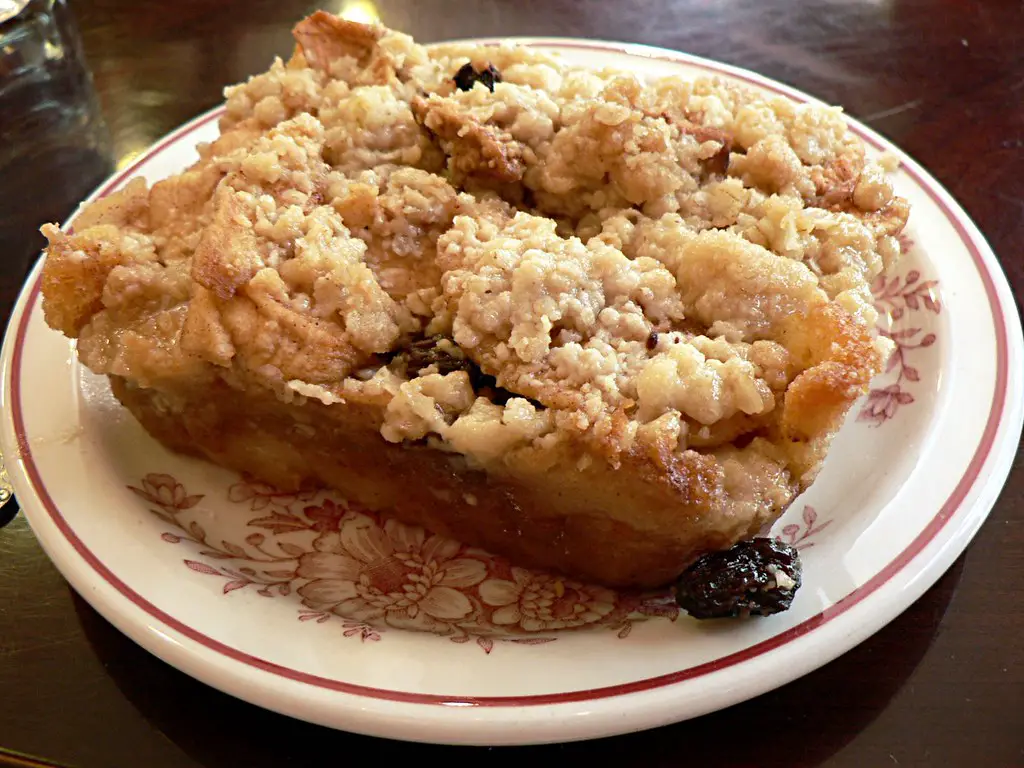
Desserts during the Depression were often made with whatever scraps were available, and Apple Brown Betty became a classic because it used stale bread, apples, and a little sugar. It was easy to make, warming, and sweet enough to feel like a treat during tough times. Today, Apple Brown Betty has returned as a cozy, nostalgic dessert that feels both rustic and elegant. Foodies now bake it with artisanal bread crumbs, organic apples, and spices like cinnamon and nutmeg.
It’s a dessert that hits all the right notes—simple, sweet, and comforting. Many people now serve it at holiday dinners, topped with whipped cream or ice cream. While the modern versions are a bit more polished, the soul of the dish remains unchanged. Apple Brown Betty continues to prove that Depression-era creativity can produce lasting favorites.
18. Spam Dishes

Spam, introduced in the late ’30s, quickly became a Depression staple because it was affordable, had a long shelf life, and could be used in countless ways. Families fried it up, added it to casseroles, or served it with potatoes to stretch a meal further. Today, Spam has become trendy again, especially with the rise of Spam musubi in Hawaiian and Asian fusion cuisine. It’s celebrated as both a nostalgic food and a quirky gourmet ingredient.
Modern chefs have embraced Spam, frying it crisp, glazing it, or folding it into rice dishes. While some still see it as a humble food, others have leaned into its retro charm, making it a fun and unexpected ingredient. Spam’s comeback proves that even the most overlooked foods can find new life in modern cooking. Its transformation from Depression necessity to cult favorite is one of the more surprising revivals of them all.
